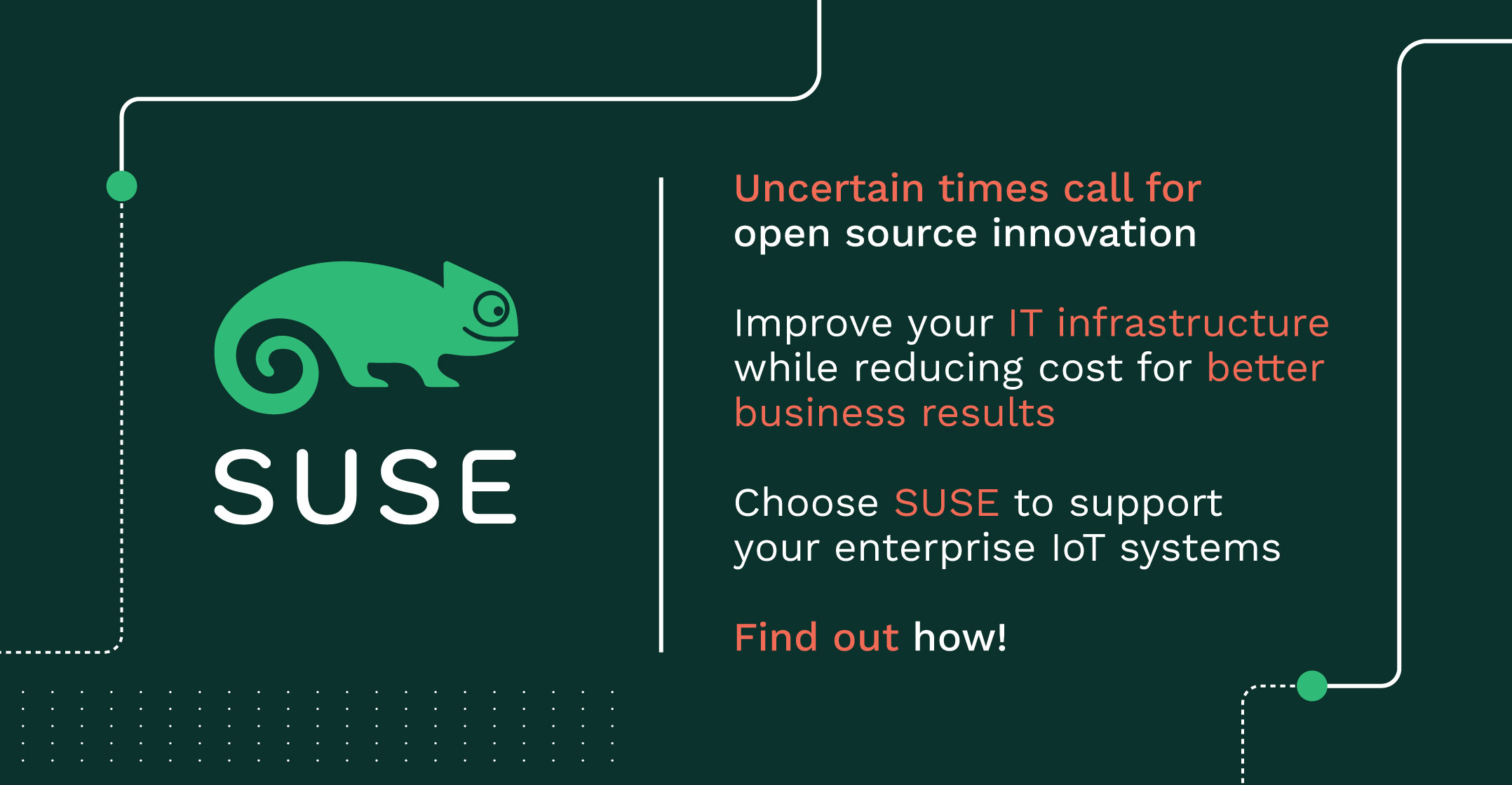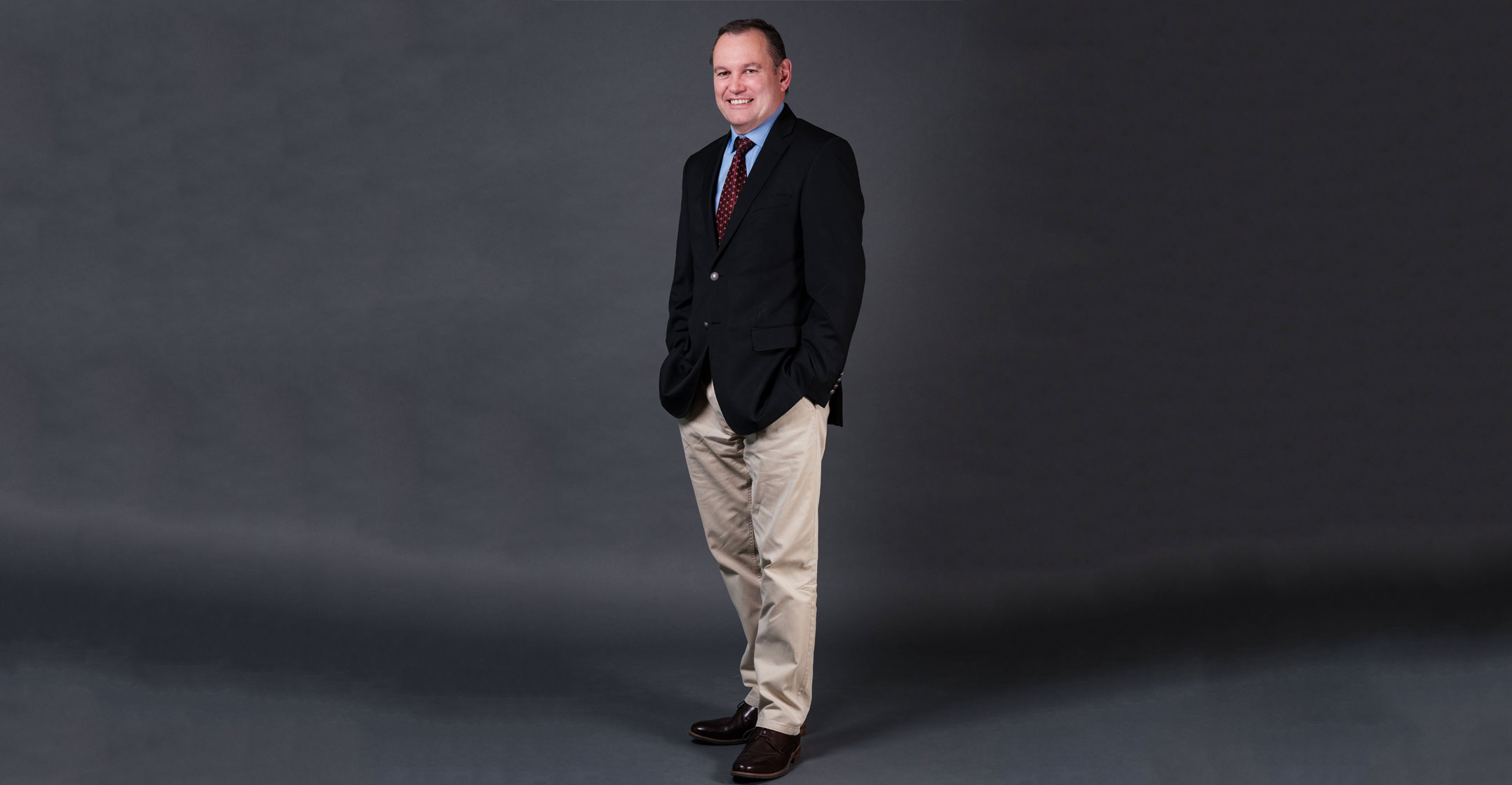TechCentral’s CxO Insights is a fresh look at the roles and careers that define the technology industry today. In this series, we’ll interview some of South Africa’s most successful, interesting and prominent individuals to find out how their roles evolved, the skills they need to succeed in these roles, and what has influenced or shaped their careers. These interviews provide an in-depth look into how technology is redefining the boundaries of career, skills and growth within the digitally transformed organisation.
In the fourth profile in the series, we get to know Hendrik Kotzé, CIO at the JSE. With a passion for nature and offroad adventure, Kotzé is proof that a love of technology doesn’t even come close to the age-old stereotype. His career started out with nuclear reactor rods and he is now defining the digital pathways of Africa’s leading stock exchange.

Most large enterprises have technology roots that extend deep into legacy foundations, powered by tin that’s weighty and managed by code like Cobol, C++, C# and Java. These foundations are assets, investments made by the business into solutions that were, once, the epitome of technology performance and capability.
However, times have changed — far more rapidly than most could have ever predicted — and, according to Hendrik Kotzé, chief information officer at the JSE, the financial services industry is starting to shift its technology focus.
“Many financial institutions migrated to packaged solutions that are large, valuable assets requiring muscle to maintain and manage,” he said. “These are behemoth assets that have unfortunately created large chunks of technology in the business. This is both an advantage and a disadvantage.”
On one hand, these assets are leverage. They allow for organisations to build on a solid footing and deliver solid results. On the other hand, they peg the organisation’s foot into the ground. The question for most organisations in this position is simple: how does it design and strategise to work around that value while still achieving the much needed nimbleness that markets and technology require today.
“There is immense value in this agility, this nimbleness,” said Kotzé. “It’s important that the financial sector architect around legacy infrastructure to achieve this nimble flexibility and to reduce costs and to, realistically, squeeze out as much value as possible from existing technology. This is not just in terms of value and cost savings, either – the new entrants to the market are fast, they are disruptive, and they are changing the face of finance.”
The advantage that these fresh new arrivals in the fintech space have is that they have a low legacy base and that base has been designed for flexibility from the outset. They’ve arrived at the evolution point of large chunks of tech into small titbits of code and solution that can download onto mobile devices and change lives incrementally. From software to hardware, size matters and the smaller and nimbler and more flexible, the better.
“There is value in building a small piece of tech on a flexible architecture enabled by restful APIs that can mould themselves as the world around them changes,” said Kotzé. “Financial behemoths have assets they have to sweat to get return on investment. Which is why the big question is, how can the business make this change to mindset and technology so it can compete in the future more effectively and efficiently?”
>> CxO: Hendrik Kotzé
>> Title: CIO at the JSE
>> Role: CIO
>> Windows or Mac: Mac
>> Android or iPhone: iPhone
>> Best tech purchase: Canon 5DSR
The answers lie in elastic architectures, the granular models, the flexible solution, and the business model that’s as movable in architecture as furniture is in a house.
“From a mindset perspective, we need to influence the business to design in small, modular pieces,” says Kotzé. “We design big things and we want to change the world, but small and incremental steps allow for far richer change over time that are more relevant and adaptable. Now, our technology architectures follow a more flexible pattern that allows for us to add smaller units more rapidly – add fast, fail fast, swing out fast.”
Hendrik Kotzé’s recommended reads:
Strategy Synthesis: Resolving Strategy Paradoxes to Create Competitive Advantage
By Bob de Wit and Ron Meyer
The Fourth Industrial Revolution
By Klaus Schwab
Matchmakers: The New Economics of Multisided Platforms
By David S Evans and Richard Schmalensee
This approach is reshaping how industry and organisations approach solution development, customer engagement and market growth. It’s aligned with the new-generation CIOs and how their investment into technology is about sustainable investment into solutions that grow the business and that is aligned with strategy.
“To live in this world of the future, people have to be innovative and wide awake,” said Kotzé. “They need to be aware of how the world is moving around them. Some things will be reacted to – a disruptor will appear, and the business has to react rather than undertake a considered response. But if you are looking ahead, understanding the trends, then you can forecast a potential direction and migration that’s built on an elastic foundation.”
 Q&A with Hendrik Kotzé
Q&A with Hendrik Kotzé
TechCentral: What’s the most important part of your job?
“The modern CIO is more challenged than ever before.”
We used to be techies, but now we need to understand, and contribute, to the business — specifically to the sustainability of the business in a rapidly changing world. The speed of technology change has altered everything and it keeps on evolving so we have to ensure that we understand technology in the context of the business and that we’re visionary in how we enable and support the organisation as it navigates the future. CIOs must be strong influencers and growers of people – as technology becomes increasingly complex, we have to ensure that the talent of tomorrow is also nurtured.
What’s your top tip for staying ahead in your field?
“Prolific reading and experimentation.”
I’ve found that if you don’t read widely – not necessarily deeply, but widely – then you can’t keep your finger on the pulse of what’s happening next, or what disruptive force you need to be aware of. Awareness is key. Then you need to experiment. Thankfully, we’d already started our journey to Microsoft Teams when the Covid-19 virus hit so it took us less than two weeks to get the entire organisation remote. Experimentation gets you meaningful insights and results that you can built into your architecture.
What’s the biggest trend impacting on your field in the decade ahead?
“The rules keep changing.”
There are the normal technologies such as artificial intelligence and robotics and the Internet of things, but in our environment the impact of things like robots is murky. The real trend is how rapidly the rules change around us and how the world changes. This means that your technology must have an elastic architecture that can integrate into, and absorb, technology.
What was your first job?
“Nuclear reactors.”
My first job was in 1988 at the Atomic Energy Corporation where I was assigned to the plant that manufactured fuel rods for nuclear reactors. I was a system analyst programmer and we redeveloped the entire materials handling system. My work was so highly classified that my boss wasn’t even allowed into the facilities where I worked.
What advice would you give to young people interested in pursuing a career in IT management?
“Lay out who you want to be one day and understand the building blocks you need to achieve this.”
There are different career types. There’s the entrepreneurial end that fails fast and learns hard. Then there are those who want a longer-term sustainable career building from within a business. My advice is to lay out who you want to be, understand the building blocks you need to achieve this, and then differentiate yourself in the market.
Who do you most admire in business?
“Warren Buffett.”
I don’t know as much about him now as I would like to, but he’s always been able to look at the world and investment in such a consistent way for sustainable performance. — (c) 2020 NewsCentral Media

